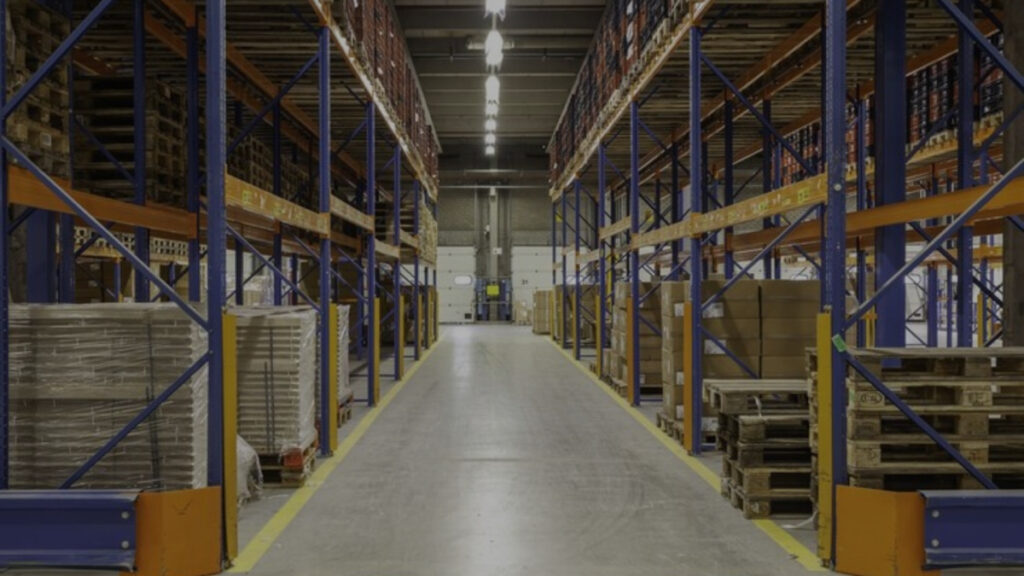Top 5 Software for Textile Manufacturers
Top 5 Software for Textile Manufacturers Schedule Meeting The global textile market is projected to grow at a CAGR of 7.6% from 2023 to 2030. As this fast-paced industry continues to expand, technology has emerged as a powerful catalyst, driving innovation and efficiency. Amidst the multi-layered operations, software for textile has become the thread that binds together every aspect of this complex and dynamic industry. From streamlining production processes to enhancing quality control, the right textile industry software can redefine the landscape for manufacturers, paving the way for transformative leaps forward. In this blog, we will shed light on the top 5 game-changing textile manufacturing software that are revolutionizing the way the industry operates. Software for Textile: Streamlining Processes and Boosting Efficiency iTexClouds Fiix CMMS Software Textronics Design Dobby Microsoft Excel FastReactFabric iTexClouds – A Cloud-Based ERP in Textile Industry iTexClouds is a comprehensive Enterprise Resource Planning (ERP) software specifically designed by industry experts for fabric manufacturers. This textile industry software equips users with 12 modules that can cater to all aspects of the textile manufacturing process. Right from receiving an order to planning the production to exports, this textile industry-specific ERP can help with everything. The visual loom planning module simplifies the production planning by allowing manufacturers to view all their looms on a single screen. With the barcoding feature, fabric manufacturers can monitor and track inventory and finished goods at all stages of the production process. In addition, the ERP also allows seamless 3rd party integration to facilitate data exchange between different applications and allow users to take data-driven decisions. What’s best? It can be easily implemented within 1 week to 3 months, depending on the scale of manufacturing. Benefits of iTexClouds ERP for textile manufacturers: 2-3% reduction in inventory carrying costs 2-3% reduction in inventory levels 3-5% increase in profit margin 25-30% increase in employee productivity 50-70% increase in customer satisfaction and retention Fiix CMMS Software The Computerized Maintenance Management Software for textile industry by Fiix allows textile manufacturers to manage all their maintenance, including thousands of assets, work orders and parts, in one place, with just a few clicks. Powered by AI, this textile industry software helps maintain uptime and productivity, mobile work order management, and predictive maintenance. It also provides real-time reporting and analytics and helps take care of audits, compliance, and safety. The mobile app allows offline access to asset records anytime, anywhere. Textile manufacturers get complete visibility of all open and upcoming work orders across various sites. The software allows automatic maintenance scheduling upon anomaly detection and the drag and drop feature allows easy creation of a data hub to facilitate data-driven decisions. To top it all, there is a single dashboard that allows tracking all compliance tasks in one place. Benefits of Fiix CMMS for Textile Manufacturers: 27% reduction in unplanned downtime 10% reduction in operating and production costs with the help of Fiix’s analytics platform Creating and assigning work orders take less than 20 seconds The audit trail tool allows finding records in less than 30 seconds Seamless tracking of asset maintenance costs to justify CapEx decisions Textronics Design Dobby Design Dobby is a CAD/CAM software used in textile industry for dyed yarn and dobby woven fabrics. This software provides a comprehensive solution to designers and allows them to visualize and execute designs in real time. With its automated capabilities, it can seamlessly incorporate weave patterns in designated sections, incorporate desired warp and weft structures into textile designs, and integrate colors according to loom specifications. With this software, designers can eliminate the need for getting into machine specific details like values, colors, etc. The auto-generation of unlimited design patterns allows manufacturers to respond to customer needs quickly. It also supports all types of yarn creation and ensures complete size and color accuracy. The simulation module simplifies dobby weaving by bringing it to life on a screen. There is a design database that stores all the designs and makes it easy for designers to locate designs as per their requirements. Benefits of Design Dobby for Textile Manufacturers: Easy creation of true-to-life simulations for all types of fabrics Effortless creation of complex weave structures by combining different weaves Seamless integration of dobby effects directly onto designs in ornamentation or extra warp mode Automatic pattern creation based on a selected design Unlimited yarn count simulation from 0.01 to 1000 Ncc Microsoft Excel Microsoft Excel has been one of the most popular software for the textile industry for decades. Manufacturers rely on Excel to track and manage various aspects of their operations, including inventory. It provides the flexibility to categorize items, assign identifiers, and monitor stock quantities accurately. With customizable templates, manufacturers can integrate Excel into their workflows and make informed decisions based on real-time information. It gives flexibility in designing and customizing spreadsheets to meet specific business requirements. The intuitive features such as sorting, filtering, and conditional formatting enhance usability. In addition, Excel’s validation rules help ensure data accuracy and integrity. Benefits of Excel for Textile Manufacturers: Customized spreadsheets for tracking and analyzing various aspects of the business Easy calculation of stock totals with Excel formulas and functions Maintain order records, including customer details, order quantities, and delivery dates Create comprehensive reports, charts, and graphs to visualize financial performance Track production progress, monitor deadlines, and optimize resource allocation FastReactFabric – A single platform to combine fabric buying and cutting FastReactFabric is a comprehensive fabric planning software for textiles that seamlessly integrates fabric buying and fabric cutting operations into a single platform. By combining these critical processes, textile manufacturers can gain valuable insights into real-time fabric usage and wastage. The software offers accurate fabric buying forecasts, precise planning forecasts for increasing colorways and complexity, and optimized cutting plans that remove bottlenecks and reduce remnants. Textile manufacturers benefit from the eliminated manual efforts for fabric planning resulting in reduced duplication of data entry, workload, and errors. This software leverages big data analytics, eliminating errors and saving time spent on estimating size-ratios, wastage, and report compilation.











